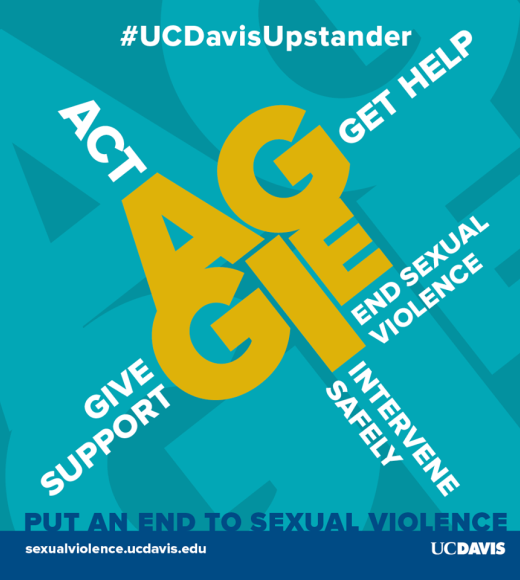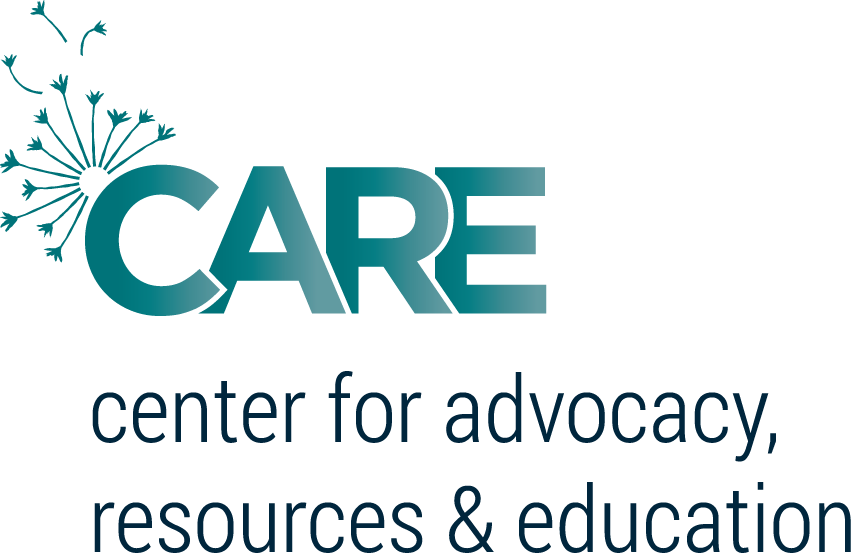Bystander Intervention refers to the action an individual or group of individuals takes when they witness a harmful or harassing situation. Direct or indirect action is taken to de-escalate, address, or stop the situation.

When witnessing or overhearing a situation where someone else is being harmed or at risk of being harmed, keep the following questions in mind:
Could I play a role here?
If no one intervenes, what will happen?
What are my options?
What are the risks?
Is someone else better placed to respond? Who?
Speaking out against harmful speech is another way to engage in bystander intervention. Challenge statements that promote victim-blaming, rape culture, or sexism. By starting small and intentional, you can take one step closer toward ending sexual violence.
One common reason why people do not engage in bystander intervention stems from not knowing what to do. To overcome this challenge, it might be helpful to have a strategy in place so that you are better prepared to handle a situation if and when it comes up. To learn more about bystander intervention strategies, you may request a CARE program. Please see the "Request a Program" page for more information.
